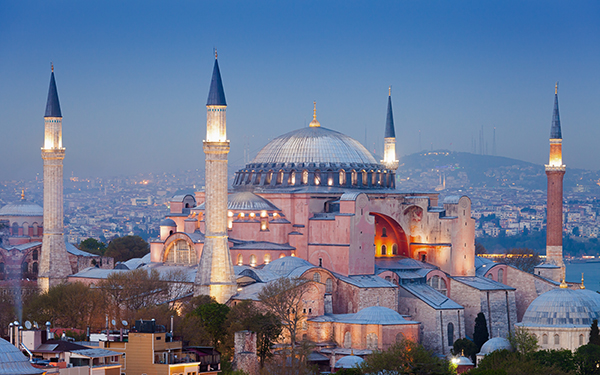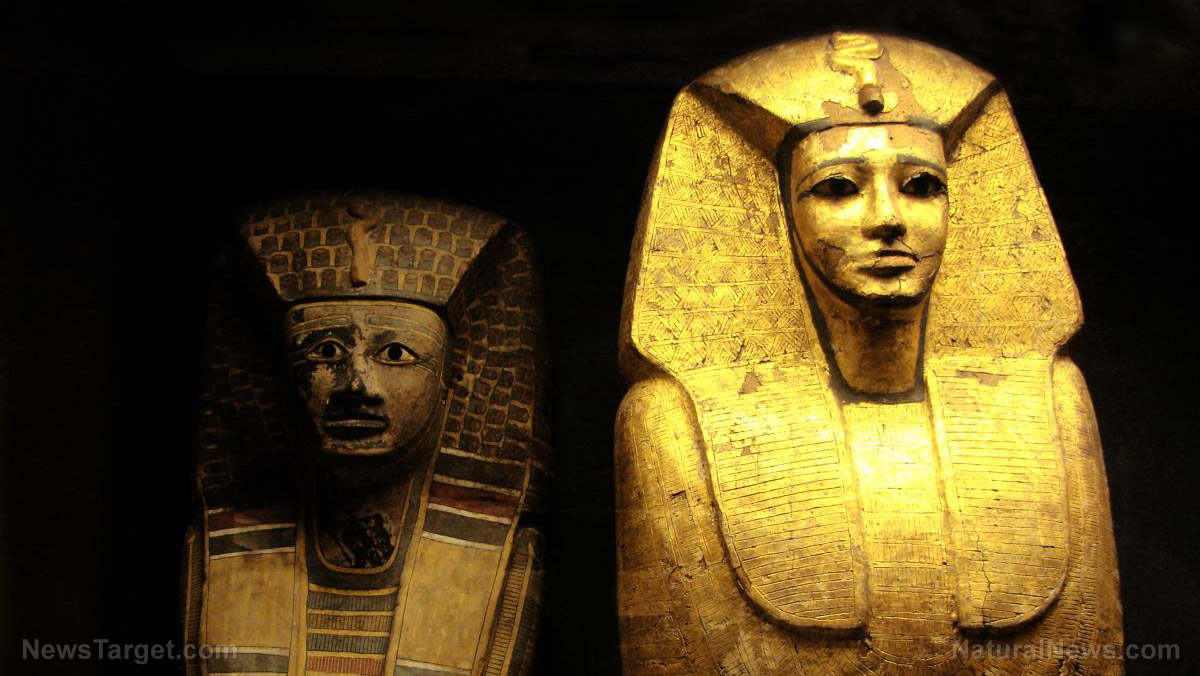
The 2,000-year-old painting was discovered in the middle of a half-crumbled wall during recent excavations at the sprawling archaeological site, according to the Daily Mail. It showed a silver platter holding a round flatbread with dates and pomegranates – both fresh and dried – on the side. A goblet filled with red wine was also on the platter.
Experts at the site suggest that this painting represents the traditional "hospitable gifts" offered to guests. The gifts follow a Greek tradition dating back to the 3rd to 1st centuries B.C. and described by writers of the time, including Virgil of the "Aeneid" and Philostratus. (Related: Archaeologists discover brain cells preserved in glassy skull from the Mt. Vesuvius eruption 2,000 years ago.)
"Pompeii has once again astounded us with its remarkable insights into the past," said Gabriel Zuchtriegel, director of the Pompeii excavation. "This newly uncovered fresco showcases the contrast between a simple meal, representing a sphere between the bucolic and the sacred, and the luxury of silver trays and artistic representations."
He also drew a connection between the fresco and its modern-day counterpart, saying: "How can we fail to think in this regard of pizza – also born as a 'poor' dish in southern Italy – which has now conquered the world and is also served in starred restaurants?"
Pompeii is incidentally located just 14 miles away from the Italian city of Naples, the modern-day home of pizza. The proximity of the ancient city to Italy's third-largest city adds an intriguing element to discovery and reinforces the long-standing association of this region with the popular dish, the Mail remarked.
Ancient fast food joint previously discovered in Pompeii
Pompeii was destroyed during the eruption of Mount Vesuvius in 79 A.D., burying it and the cities of Oplontis and Stabiae under ashes and rock fragments. The eruption also buried the city of Herculaneum under a mudflow.
Aside from the fresco, the new excavations at Pompeii revealed an atrium of a house that included an annex with a bakery. The said house had been partially explored in the late 19th century. According to archaeological experts at the park, the skeletons of three victims had been found in the working areas near the bakery's oven in the past weeks.
Prior to this, archaeologists finished excavating a thermopolium – a hot food and drink shop – in 2020. First discovered in 2019, the said thermopolium was the most complete ever unearthed.
Experts found the restaurant's counter, which was equipped with a series of deep terracotta jars where hot foods would be served from. These jars were similar to soup containers found in modern-day salad bars. The bottom of these containers also had remains of ducks, goats, pigs, fishes and land snails from 2,000 years ago.
The thermopolium's shop was adorned with a colorful facade with several fresco paintings. The subjects of these paintings include a nymph riding a seahorse, two ducks, a rooster and a dog on a leash. Preliminary examinations indicate that some of these paintings may have depicted the eatery's menu.
Ancients.news has more stories about archaeological discoveries.
Watch this video of unearthed ancient Roman artifacts, including Medusa cupid money, gold and silver rings.
This video is from the trustedcoins channel on Brighteon.com.
More related stories:
Professor unearths sample of human brains that turned to GLASS after Vesuvius eruption.
Scientists offer $250K prize to decipher Herculaneum manuscripts burned during Vesuvius eruption.
Report: Supervolcano that could kill millions of Europeans ready to blow.
Sources include:
Please contact us for more information.





















